Calculating the Effective Diameter for Tapered Items
Once you understand where to measure the diameter, the next step is calculating it accurately when your design spans a tapered surface. The top and bottom of the engraving area often have different diameters, so entering a single value won’t be perfect unless it represents the surface you’re actually engraving. That’s where the effective diameter comes in, it’s the best-fit value that keeps your design properly scaled across the taper.
Quick Method (Best for Mild Tapers)
1. Measure the diameter at the top edge of your artwork area.
2. Measure the diameter at the bottom edge of that same area.
3. Take the average of those two measurements.
This method is simple, quick, and accurate enough for mild tapers or small logos.
Precise Method (Best for Steeper Tapers or Taller Designs)
For steeper tapers or taller artwork, a basic average can introduce minor distortion. In that case, use what’s called the harmonic mean, a more mathematically accurate way to represent the “true” surface diameter across the taper. It slightly reduces the value compared to a normal average, helping to keep proportions consistent along the full height of the design.
Example
If the bottom diameter of your engraving area is 60 mm and the top is 90 mm,
• the simple average would be 75 mm,
• while the more precise harmonic mean would be around 74 mm.
That difference might seem small, but on full-wrap engravings or highly detailed logos, it keeps your artwork perfectly balanced.
Why This Works
In chuck-style rotaries such as the PiBurn Grip 2 or D80, the laser’s Y-axis movement directly controls the chuck rotation. Each horizontal scan line is tied to the diameter at that height, so using an effective diameter ensures consistent scaling and spacing even as the cup’s surface gradually changes. This approach helps eliminate stretched or compressed results across tapered surfaces.
